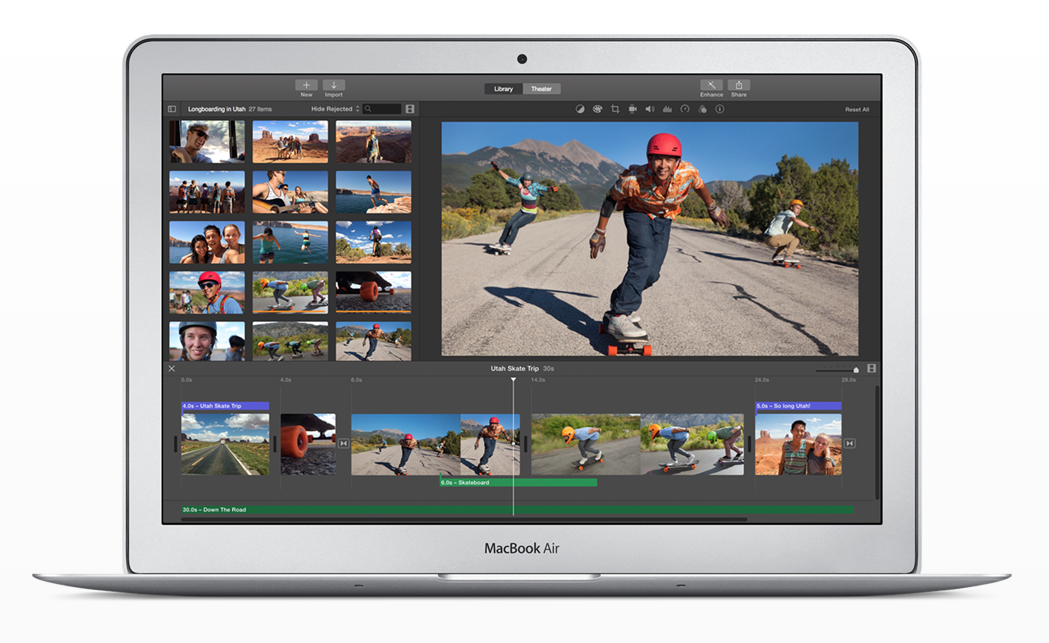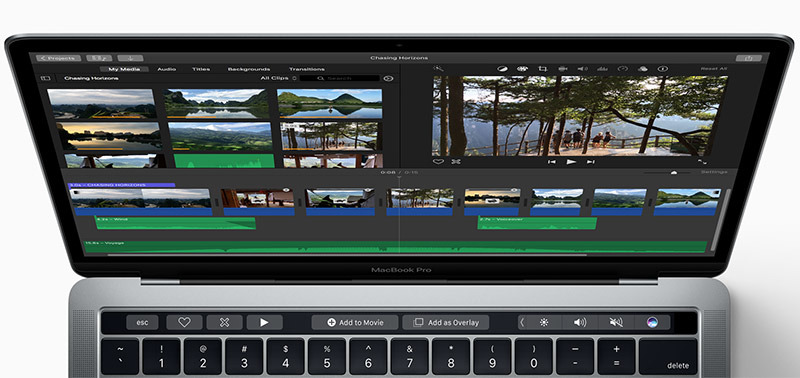
The libraries are easily accessible thanks in part to an organizational system that allows you to hide the browser, which is dedicated to projects, leaving only the preview window and timeline. Apple iMovie interfaceĪnyone remotely familiar with past versions of iMovie will have no problem creating a project to share with friends, family, and the YouTube community. Adding transitions, music, and effects is just as simple. You can mark in and out points on clips and quickly drop them into the timeline to edit or just drop the entire clip and trim it on the timeline. The novelty of iMovie revolves around its simplicity. For more detailed advice - mainly keyboard shortcuts - we referred to the manual.

We worked, without assistance, through most of the basic and advanced functions within an hour - importing/exporting, color correction, audio manipulation, titles, etc. The design of iMovie 10.1 is simple to navigate. The Look, The Feel, The Features New and Past Keep in mind that iMovie is a starting point for novice and intermediate editors. Still, do not expect to reinvent the wheel with this software. Indeed, iMovie is a great place to start if you want to start simply and gradually move up to fully developed programs by working on your pacing, structure, etc., without burning a hole through your wallet. We can all agree that change is never easy, but do the changes have to needlessly alienate the existing user-base? Then again, why should we be so critical of an entry-level, free app like iMovie? It is a blip on the nonlinear radar, but beginners can use it to create fantastic results.

We are given 4K content options, but we lose wrapping timeline, a key feature that speed up workflow productivity. This seems to be Apple’s modus operandi - give something new, take away something useful. Apple’s latest version of iMovie follows in the footsteps of earlier versions of the series, in that it’s a fluctuating process of innovation meets frustrating compromise.


 0 kommentar(er)
0 kommentar(er)
